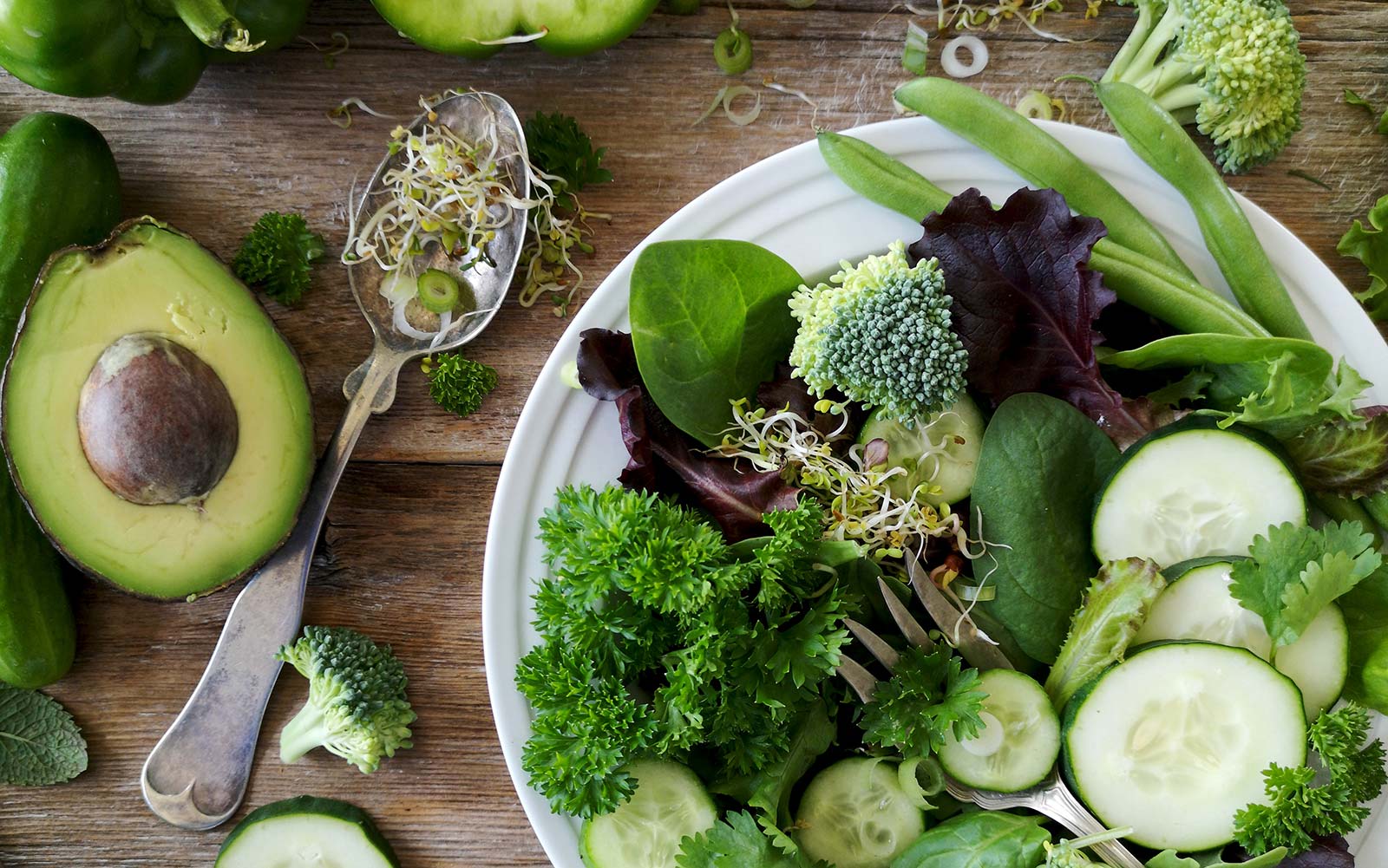Research from the University of California in San Diego has uncovered that a “molecular handshake” occurs between the uterine cells and the sperm.
The uterine cells have specialised receptors that recognise a particular sugar molecule on the surface of sperm cells called sialic acid. Because the sperm cell is coated in these special molecules, the immune system uses this as a way to distinguish between human cells and cells from invaders.
The University of California laboratory noticed that the binding receptors on the endometrial cells seemed to bind to whole sperm by recognising sialic acid molecules and therefore adjusting the immune response.
What does this mean exactly?
Basically, this means that by turning the immune response up or down, it can help the weed out faulty sperm and allow the normal sperm to make it through to fertilise the egg.
Molecular anthropologist, Pascal Gagneux, whose laboratory discovered this valuable information says that “life is one big compromise. For an egg, being too easy to fertilise is bad; being too difficult to fertilise is also bad”. This research is the first step to understanding the physiology behind a very important interaction between the sperm and the uterine tissue. “



